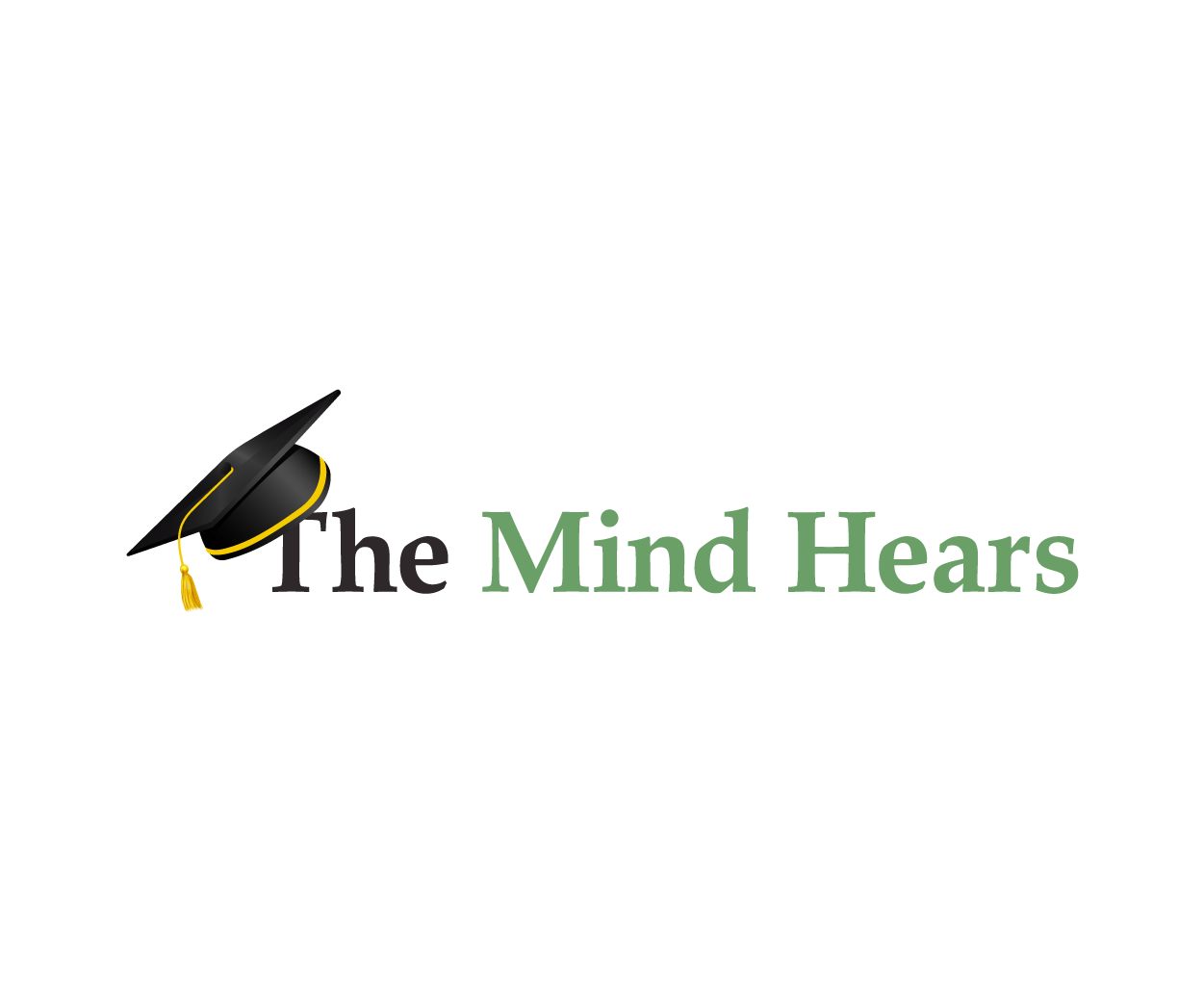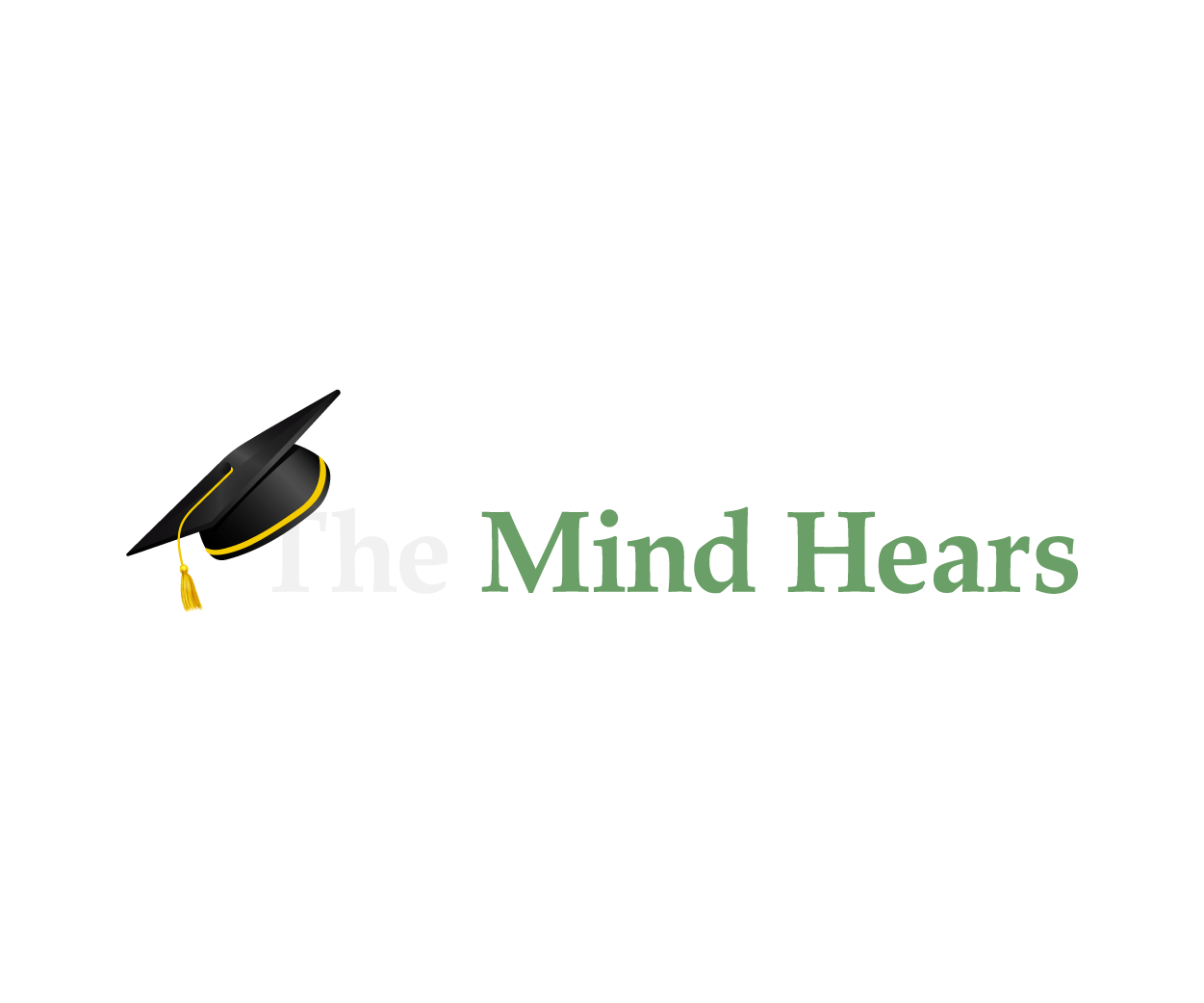graduate school
careersgrad school
Science in ASL is a whole different language: Interpreters in STEM
— Megan Majocha Deaf and hard of hearing scientists often face a lack of communication access, which is troubling because they have made...
ByMegan MajochaJuly 14, 2022
deaf/HoH experiences
Cochlear implants are not my thing… yet
Now, only after I had kept (and still keep) hearing from my peers with hearing loss who now wear cochlear implants and are...
ByThe Mind HearsFebruary 17, 2021









